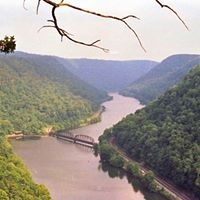What is the longest single battle the U.S. Army has ever fought?
The Battle of Hürtgen Forest (German: Schlacht im Hürtgenwald) was a series of fierce battles fought from 19 September 1944 to 10 February 1945 between U.S. and German forces during World War II in the Hürtgen Forest about 50 sq mi (130 km2) east of the Belgian–German border. It was the longest battle on German ground during World War II, and is the longest single battle the U.S. Army has ever fought.
Generalfeldmarschall Walter Model intended to bring the Allied thrust to a standstill. While he interfered less in the day-to-day movements of units than at Arnhem, he still kept himself fully informed on the situation, slowing the Allies' progress, inflicting heavy casualties and taking full advantage of the fortifications the Germans called the Westwall, better known to the Allies as the Siegfried Line. The Hürtgen Forest cost the U.S. First Army at least 33,000 killed and wounded, including both combat and non-combat losses; German casualties were 28,000. The city of Aachen in the north eventually fell on 22 October at high cost to the U.S. Ninth Army, but they failed to cross the Rur or wrest control of its dams from the Germans. The battle was so costly that it has been described as an Allied "defeat of the first magnitude," with specific credit given to Model.
The Battle of the Bulge gained widespread press and public attention, leaving the battle of Hürtgen Forest largely forgotten.
More Info:
en.wikipedia.org







